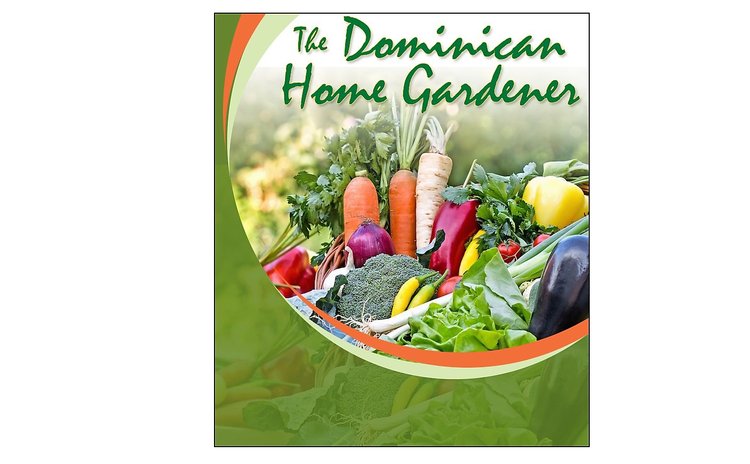Ten garden tips for the new gardener

Growing a vegetable garden is a great way to bring fresh, nutritious veggies to your table. Knowing where your food came from is just one benefit of home vegetable gardening. You'll also save money by buying less from the supermarket. If you have children, vegetable gardening is a fun way to get the whole family out in the fresh air and sunshine.
Here are ten tips to help you grow healthy vegetables:
1) When you're starting your first vegetable garden, take a little time and watch the sun move across your yard. Most vegetables need a full six hours of sunlight a day, so choose an open area without a lot of trees around.
2) Measure your site and sketch it out, so you'll know how much space to have to fill. This will help you estimate how many seed packets or plants you'll need to buy. Your sketch can be a simple plan or a larger garden design that you'll add to over the years.
3) Make sure your site has good drainage. If you have heavy clay or sandy soil, work in some organic matter, such as compost or bagged or bulk well-rotted manure. This will improve its texture, so that water drains more easily in heavy soils and doesn't drain too fast out of sandy ones. Add about 2-3" of organic materials to heavy soils and 3-4" to sandy ones.
4) Should you start your vegetable garden from seeds or plants? If you want to save money, start with seeds. If you sow your seeds directly outdoors, space them as far apart and plant them as deep as instructed on the packet. The seeds of carrots, beans, lettuce and radishes are just a few that you can plant directly outside.
5) If you want to save time, start with young plants. Beets, lettuce, kale, cucumbers, peas, radishes, cherry tomatoes and green beans are some of the easiest vegetables for beginners to grow.
6) Grow what you eat. The best vegetables to grow are the ones your family will eat and enjoy. There's no reason to plant Brussels sprouts if nobody likes them. Be sure to grow extras of your favorites if you want to freeze, can or dry some veggies to use later.
7) When you're ready to dig, use a garden trowel to make holes for your plants. Make the holes at least two times deeper and wider than the container the plant is in. Most plants should be spaced 2-3' apart, so they'll have room to grow and get plenty of sunlight and air circulation.
8) Put your plants in the holes and cover them with soil. Don't bury them any deeper than they were in their containers. Gently press the soil down around them.
9) You don't have to plant all your vegetables at once. You can stagger your planting times, and re-sow most vegetable seeds every couple of weeks. This extends your harvest, so you can keep fresh veggies on the table throughout the year.
10) Go back to your garden plan or design and make notes about what you planted in each area. That will help you rotate your food crops next year to keep your soil healthy and discourage pests and diseases from building up in one place.




